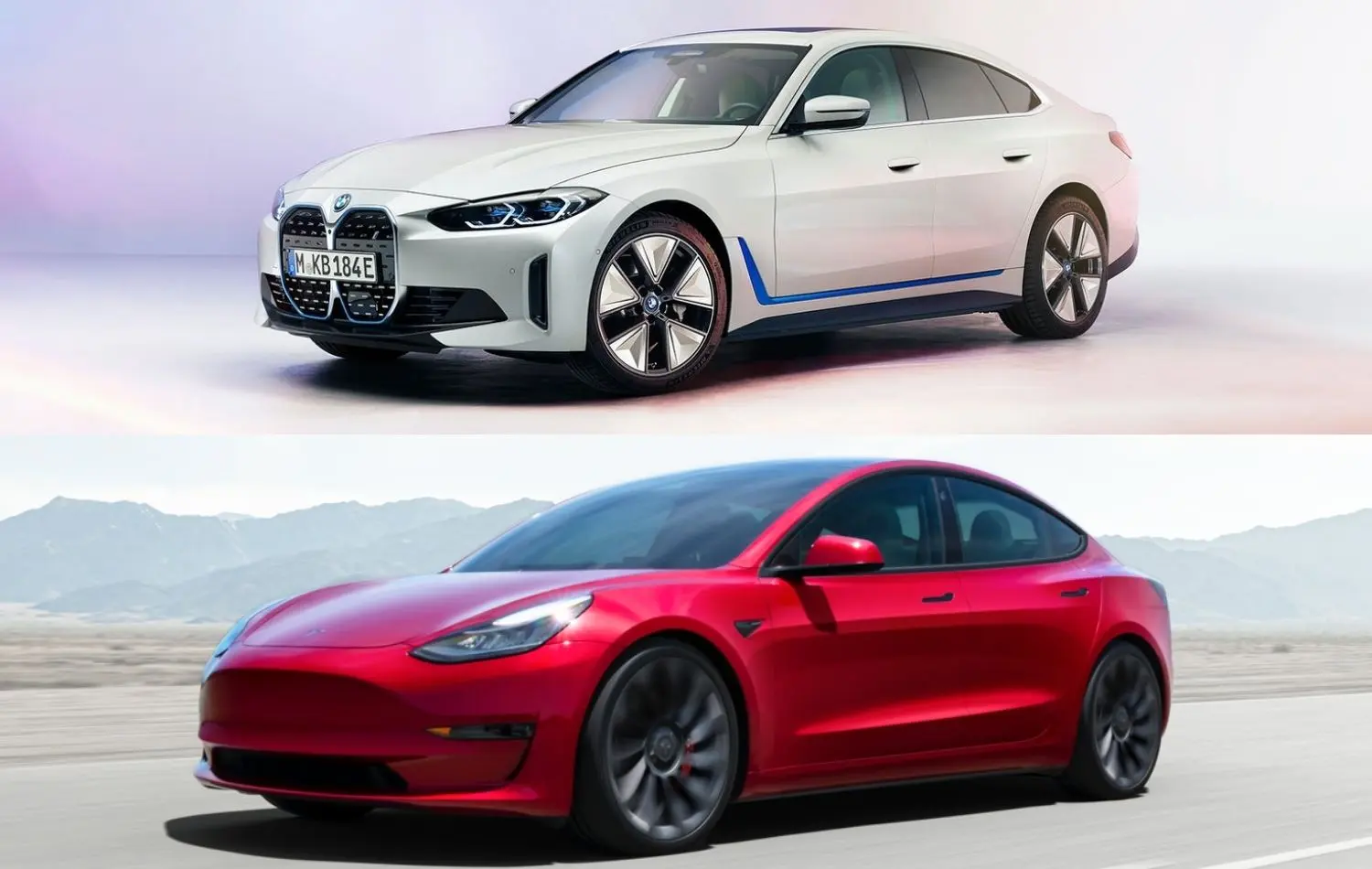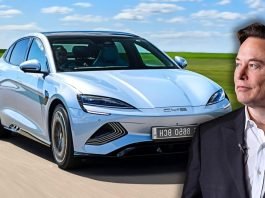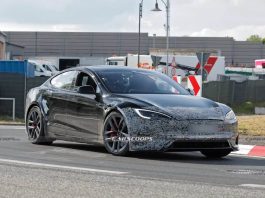Tesla, until recently the market leader in the European EV market, reported a drastic decline in sales in February and has lagged behind Volkswagen and BMW Group. Following this, the Model 3’s market share fell to the lowest ever recorded in February in the past five years. Jaguar Dynamics’ data revealed that Tesla was under pressure from legacy automakers and new Chinese automakers.

Tesla Faces a Decline Amid Industry Shifts
In February, Tesla’s battery-electric vehicle registrations in 25 EU markets, the UK, Norway, and Switzerland, reduced by 45% year over year, with sales going down to below 16,000 units. This comes as quite a surprise compared to the previous years when the Tesla Model Y was the best-selling car. There are many reasons, including the changeover in the car models that Tesla is undergoing, the competition in the market, and its CEO’s recent endorsements that were seen as political.
Volkswagen and BMW Group, on the other hand, were able to capitalize on the changing environment at this time. The German automaker recorded a 180% growth in the sales of BEVs in February, selling almost 20,000 vehicles and leaving behind Tesla. The overall sales in the automobile sector were also up as BMW and its mini segment—the BMW Group—recorded sales of nearly 19,000 BEVs in the same period.
Such figures indicate that more and more traditional automobile giants, who have established dealership networks and a wide product portfolio, have entered the EV market that was initially dominated by Tesla. Specifically, Volkswagen has increasingly offered a wide variety of EVs by releasing the ID series, and BMW’s I models are also becoming more popular among European consumers.
Chinese Automakers Gain Ground
The competition is even more bitter when new Chinese players enter the scene as automobile manufacturers. According to a JATO Dynamics report, Chinese-branded automobiles exceeded Tesla’s sales numbers in February. Although all the companies on this list recorded impressive sales of BEVs, BYD led the way, with a rise of 94%, selling over 4,000 units.
Another newcomer to the EV market, Polestar, which is a Volvo-Geely joint venture, has increased its sales by 84% and sold more than 2,000 vehicles. Other appearing brands, including Xpeng and Leapmotor, also contributed, with more than 1,000 and 900 units sold, respectively.
Market Trends and Future Outlook
Still, overall the European BEV market remained stable; in February, registration of BEVs was up by 25% even when Tesla was among the worst performers. Nonetheless, the number of car sales in the 25 European Union markets and the UK, Norway, and Switzerland fell 3% to 970,000 units, which shows broader economic challenges.
There exist numerous challenges that may affect Tesla’s growth in Europe as it faces growing competition, troubling political issues, and model changes. The current generation of Model Y may have slowed down for a while due to the update of the existing version from the previous one. Moreover, the recent unsavory social activities, such as Elon Musk’s advocacy of far-right political parties in Europe, have further enraged the public, thereby costing the firm several consumers.
Conclusion
Choosing the European EV market as the subject of analysis is rather relevant now because the popularity of Tesla is waning as traditional car manufacturers and Chinese newcomers are slowly but steadily gaining market shares. The adverse sales plunge of Tesla has proven to be a golden opportunity for many automakers like Volkswagen and BMW Group to cover a broad market share now that Chinese electric automakers such as BYD and Polestar are also emerging.
Although the overall sales of EVs are growing and competition is increasing, Tesla can hardly regain its leading position in the region without changes.



